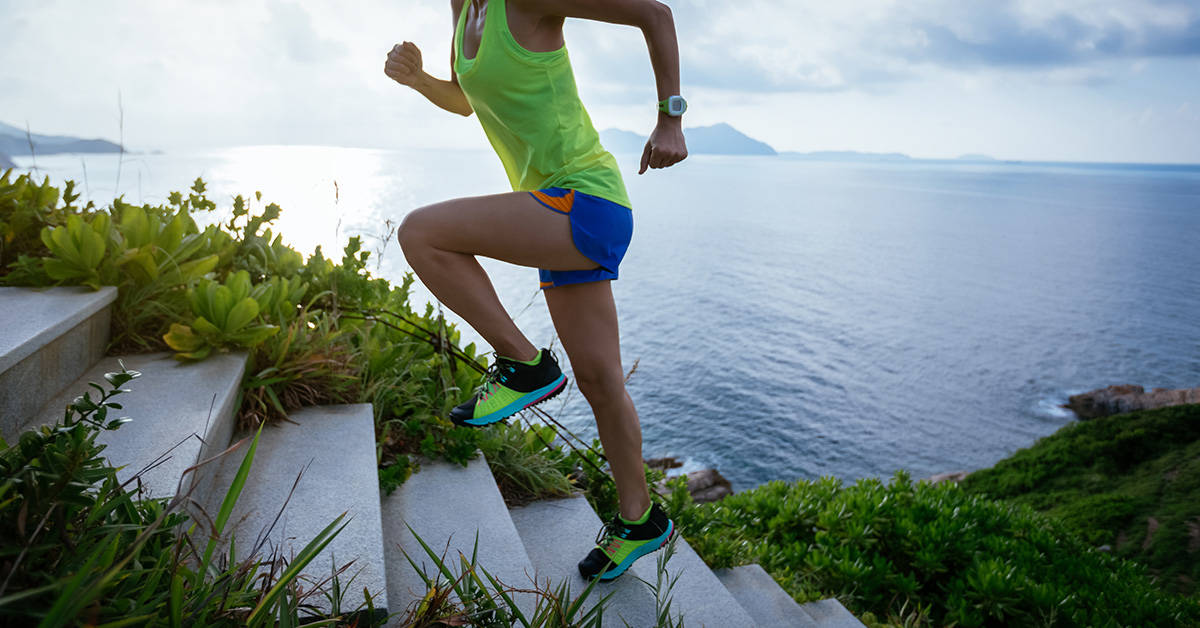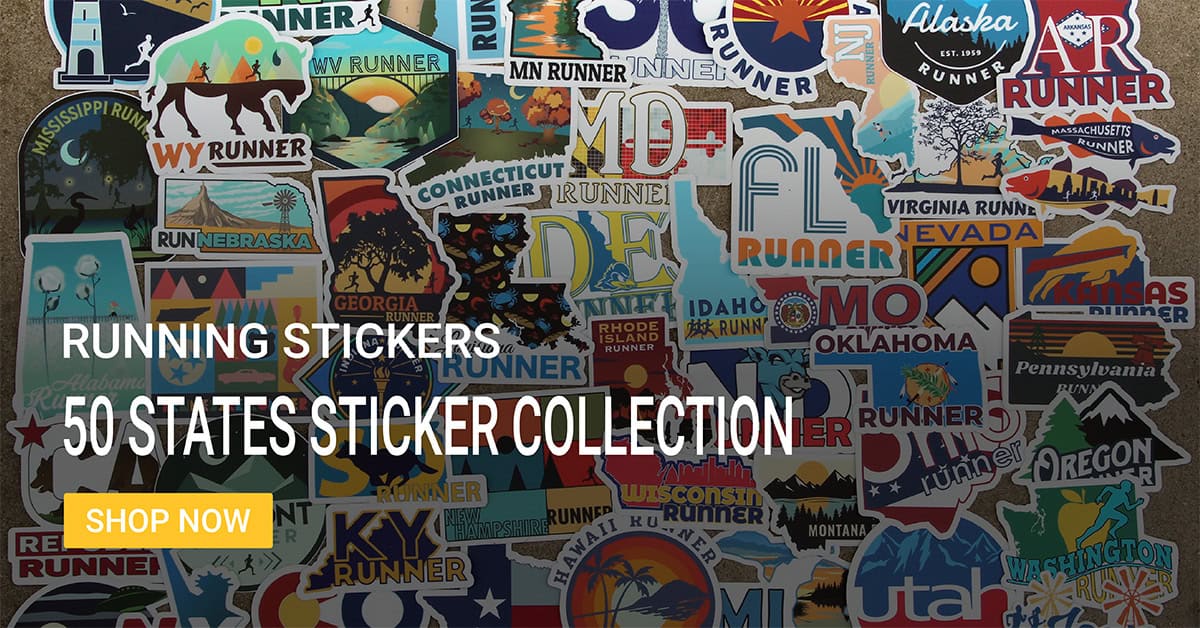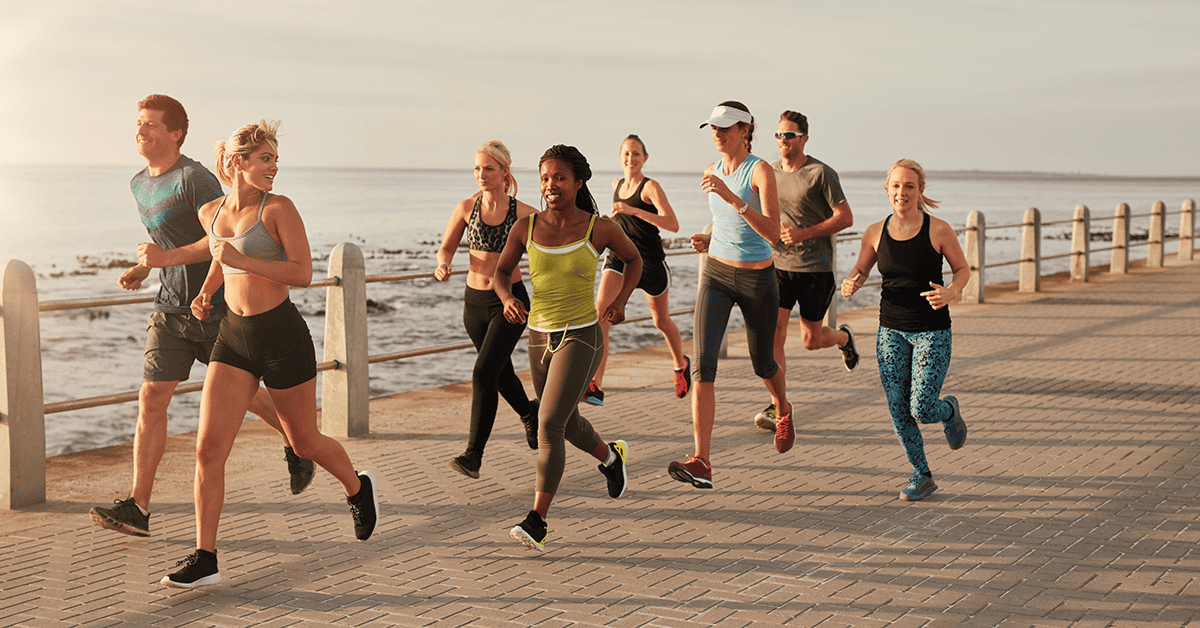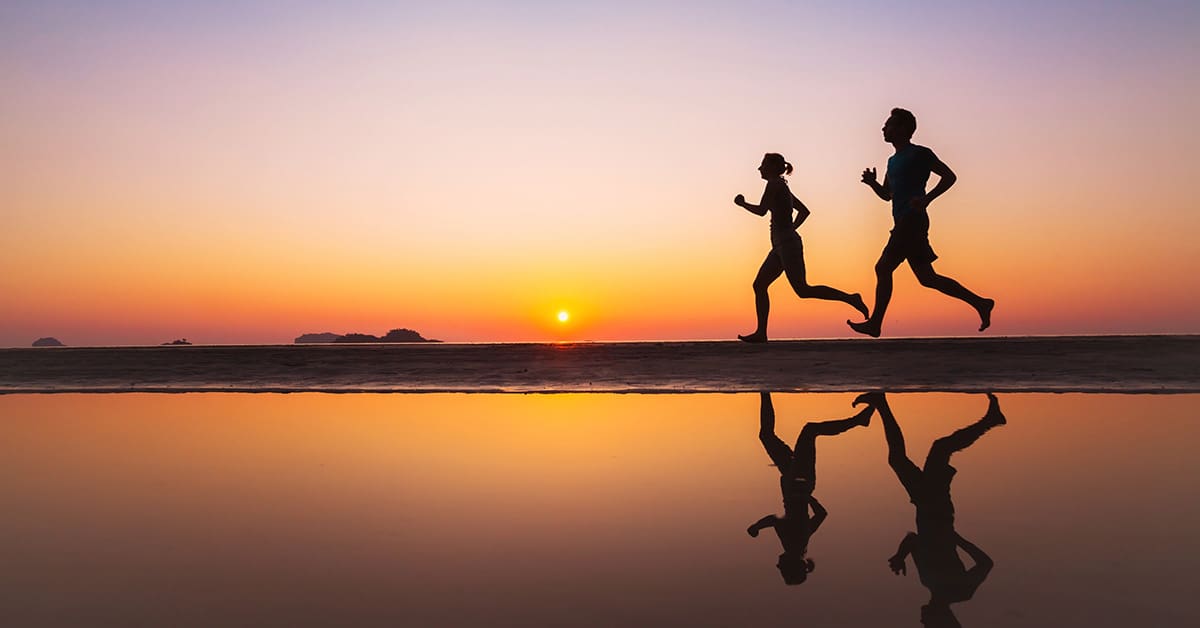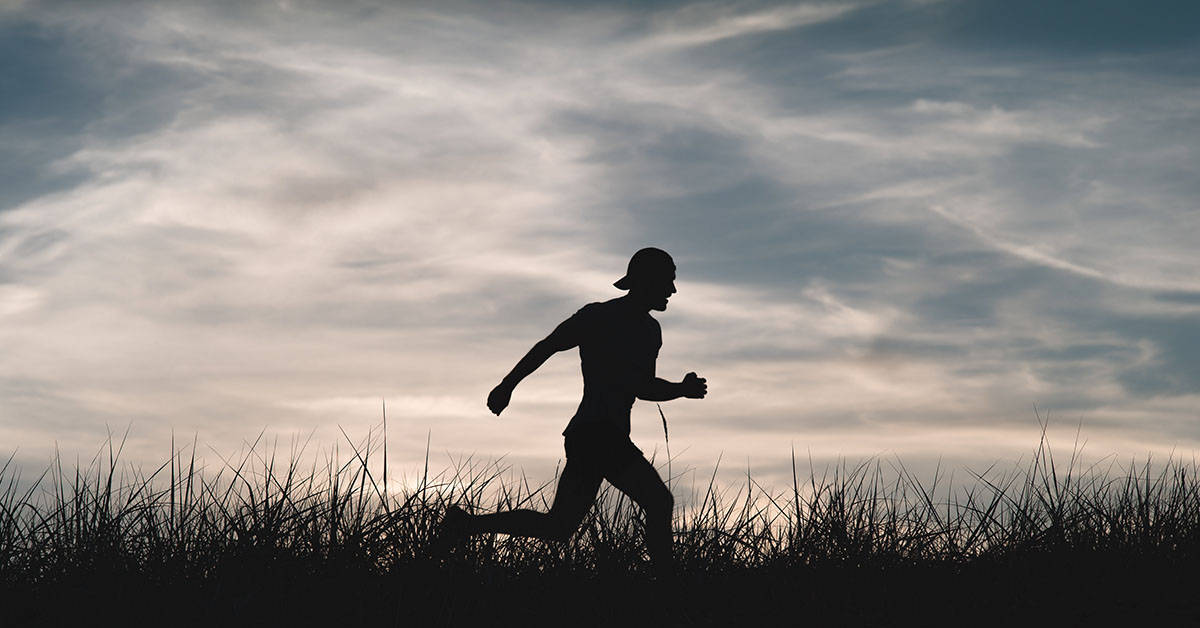Chafing, nobody wants it, almost every runner has suffered from it.
Learn how to prevent and treat chafing with these tips.
- Chafing is caused by skin-to-skin or skin-to-clothing friction and can be worse during the summer months when you sweat more.
- Chafing prevention begins with wearing the proper clothing for the activity. Anti-chafing products can also be used to reduce friction.
- If chafing does occur, apply an anti-bacterial ointment and wear loose clothing to allow the area to heal.
The summer months are approaching, and the heat and humidity are starting to build. As you likely already know, summer running comes with one giant hurdle: sweat. If you’ve persevered through the winter cold or the spring rain, there’s no way you’re going to let sweat stop you!
As you start sweating more and your clothing dampens, you’ll need to take precautions to make sure that you don’t run into chafing issues. Nothing slows down your progress like a forced rest day from chafing. If you are unfamiliar with chafing, it is essentially a rash (much like a diaper rash) caused by friction on your skin. Most often for runners, this friction is caused by skin-to-skin contact along with the inner thigh or armpit areas or by ill-fitting clothing rubbing uncomfortably on your skin. Unfortunately, it occurs more frequently in damp conditions, like running in the heat and humidity.
Whether from clothing or skin-to-skin contact, you want to prevent chafing as much as possible. Preventing chafing is WAY easier than dealing with the aftermath of a friction-filled run.
Proper Clothing to Prevent Chafing
Wearing the proper clothing for your body type and stride should be your first step to prevent chafing.
- Wear clothing that fits properly.
If it’s uncomfortable, it’ll lead to problems later. You will likely need some trial and error to see what type of fit works best for you. Some people prefer to wear loose-fitting clothing while running, while other people prefer something more form-fitting. Others prefer to wear as little clothing as possible. Take note of what clothing style causes the least chafing for you, and stick with that style. - No seams or tags.
Make sure that your clothing doesn’t have seams along the inner thigh or the armpit area. Also, try to buy tagless clothing or remove the tags from your current clothing. - Moisture-wicking fabric is your friend.
Moisture-wicking fabric like Lycra or Spandex will draw the sweat away from your skin and help you stay as dry as possible. Less sweat on your skin means less chafing. - Tighten all straps.
If you’re wearing a hip belt or hydration pack, tighten the straps so that it doesn’t bounce when you run. Less bouncing equals less friction, and less friction equals less chafing.
Proper Chafing Prevention Products
To reduce the amount of friction during skin-to-skin contact, you can apply an anti-chafing product before your run. There are a few types of chafing prevention products on the market that are designed specifically for runners. Check out Squirrel’s Nut Butter for some quality products to prevent chafing!
- Anti-Chafing Stick
Anti-Chafing Sticks look a lot like deodorant but function to reduce friction during skin-to-skin contact. When you are about to start your run, but before you start sweating, rub the stick on your skin in the areas where you typically chafe. This will reduce the friction while you run and reduce your likelihood of chafing. - Anti-Chafing Gel
Gels chafing prevention products function similarly to anti-chafing sticks. Just apply the gel to your frequently chafed areas before your run to reduce the skin-to-skin friction. Some people find that gel products work better than stick-type products if they’ve already started to sweat. - Anti-Chafing Powder
Powder products are another common anti-chafing product. This is the easiest to try initially since you can try basic baby powder. However, some people find that baby powder clumps if they sweat a lot.
As with finding the proper clothing, finding the proper chafing prevention product is largely a case of trial and error. As you ease into summer running, you’ll start to notice if you have any spots that are prone to chafing. Try a mix of clothing and anti-chafing products to see what works best for you.
Preventing chafing is definitely better than having to deal with it later, but sometimes you end up with some chafing despite your best efforts. Here are some tips on how to treat chafing once it’s started:
- Take note of the first sign of chafing and address the issue immediately. As with most running-related problems, the longer you let them fester, the worse they get.
- As soon as you’re done with your run, take a shower in lukewarm water to wash off the sweat and salt. Pat the chafed area dry and change into dry, comfortable clothes. Though you don’t want to run in cotton, soft cotton clothing can feel comfortable on the chafed area once you’ve dried off.
- If a rash develops, treat it similarly to how you would treat a diaper rash. Keep the area dry, limit the amount of friction on that area, and use an anti-bacterial ointment if it’s too uncomfortable.
If you follow this advice, your summer running will go a lot more smoothly. Check out other tips for running in hot weather. Now get out there and don’t be afraid to sweat!
A Training Plan that Works for You.
Our collection of running plans will help you train year-round. From 5k to a 100-mile ultramarathon, we have a training plan built for your experience level and goals. Every plan is delivered via Final Surge, allowing you to sync workouts across devices, receive daily reminders of workouts and activities, and analyze workout and target zone details. Get started today with a training plan built for you, view our running plans here.

